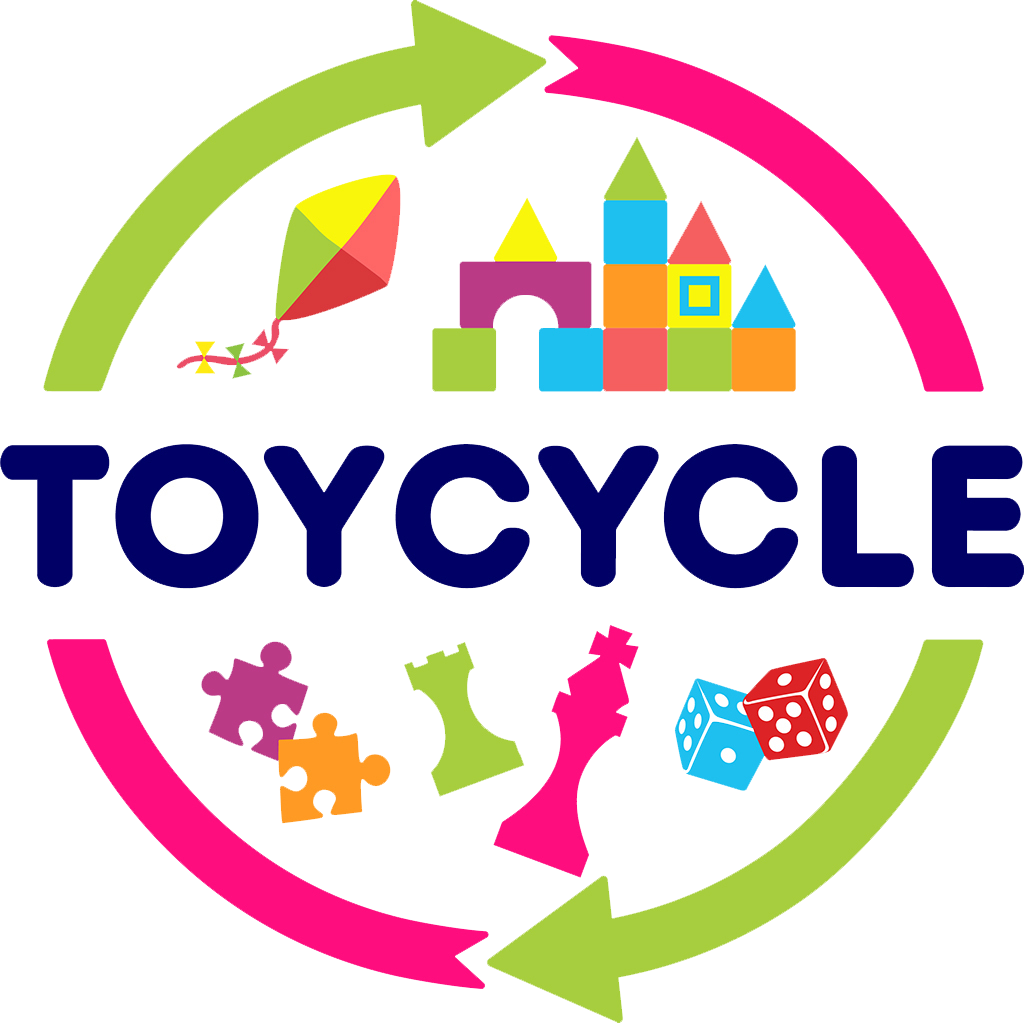When it comes to childhood development, music can play a profound role. From the gentle hum of a lullaby to the lively beats of a drum, the power of music in shaping young minds is undeniable. Music toys can guide children through a magical journey of discovery and growth.
In this blog post, we’ll delve into the myriad benefits that music toys offer to young children, nurturing not only their love for melody but also enhancing the overall development of both mind and body.
Sensory Exploration
Music toys engage multiple senses simultaneously, creating a rich sensorial experience for young children. From the tactile sensation of pressing keys on a miniature piano to the auditory delight of tinkling bells, these toys invite exploration and discovery.

HABA Musical Eggs
By stimulating various senses, music toys facilitate the development of sensory integration skills, meaning how we experience, interpret and react to (or ignore) sensory information coming from our body and our environment.
Sensory integration is important in all the things your child will need to do in daily life, such as getting dressed, eating, moving around, socializing, learning and working.
Enhancing Cognitive Development
The melodies, rhythms, and patterns in music stimulate cognitive functions in young minds. As children interact with musical toys, they learn to recognize sequences and distinguish between sounds, fostering their auditory discrimination skills.
Playing with musical toys also helps children to develop an understanding of cause and effect – when they strike a drum, it makes a sound. This simple interaction aids in developing their problem-solving skills.
Music has also been linked to improved memory retention and enhanced spatial-temporal reasoning skills. Thus, through playful interaction with music toys, children exercise their cognitive faculties, laying a strong foundation for academic and intellectual growth later on.
Cultivating Emotional Expression
Music serves as a universal language that readily communicates emotions. Similarly, music toys provide young children with a creative outlet for expressing their feelings and emotions.
Janod Pure Bird Xylophone
Whether joyous laughter or melancholic hums, children learn to express themselves through musical play. This emotional expression fosters self-awareness and emotional regulation, nurturing the development of healthy socio-emotional skills crucial for navigating the complexities of human interaction.
Fostering Social Connection
Music has a remarkable ability to bring people together, and music toys extend this sense of camaraderie to young children. Through group musical activities and collaborative play, children learn important social skills such as turn-taking, cooperation, and communication.
Music toys facilitate shared experiences, forging bonds between children and promoting a sense of belonging within a peer group. Furthermore, group musical play fosters a spirit of inclusivity and empathy, laying the groundwork for positive social interactions in later years.
Promoting Physical Development
The act of engaging with music toys often involves physical movement, contributing to the development of both gross and fine motor skills.
From dancing to the rhythm of a tambourine to striking the keys of a xylophone, children refine their motor coordination and dexterity through musical exploration.
Moreover, rhythmic movements associated with musical play promote balance and spatial awareness, thus supporting overall physical development in young children.
PlanToys Rhythm Box II
Musical Toys By Age
There is plenty of research to show that music is good for newborn babies and toddlers. You can start introducing music to your baby on day one, or even in the womb. Infants love to be sung to or gently rocked to a beat while being held.
The following are guidelines for when to introduce different types of music toys by age.
6 Months
As soon as your baby can grasp with their little hands, they are ready for rattles and other music makers. Mini shakers and instruments with easy-grip handles are a good choice for this age.
Music toys with buttons your baby can push to produce sound are good for this age too.
1 Year
Almost all of the rattles and music makers you get for a 6-month-old are still good for a 1-year-old, and even up to 36 months.
Add in the more complex sounds and rhythms of mini keyboards and drum sets.
18 Months – 3 Years
You can use music to encourage movement at this age with musical matts and play guitars. Also think about play instruments like xylophones, triangles with strikers, maracas, tambourines, and guiros that can be used by groups of kids in a musical play date. Janod toys makes a variety of musical instrument toys like xylophones in a variety of shapes and forms.
Check your local area for toddler music classes. These can be great fun for kids even before they’re walking.
Loog Mini 3-String Acoustic Guitar
Preschoolers
By the time your child is ready for preschool, you’ll want to consider musical instruments and music toys that much more closely approximate musical instruments.
These include keyboards with recording features, interactive karaoke machines, and actual mini guitars as examples.
While it’s never too early for musical education, and every child develops differently, you can often begin formal music lessons between the ages of 3 and 6. Allow your child to select the instrument and find an engaged music teacher with experience teaching young children.
In conclusion, throughout childhood, music toys can play a pivotal role in the harmonious blend of learning, development, creativity, and play.
From stimulating sensory exploration to fostering social connection, these toys offer many benefits that extend far beyond musical appreciation. So, let the melody of music toys ring out through your child’s early years. You’ll be supporting their development in so many ways.





